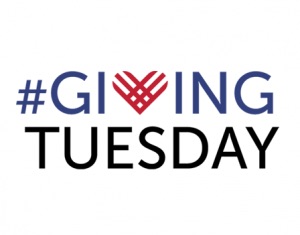Wellfie Wednesday Tip #84: Eat Healthy While Traveling
/Happy Wellfie Wednesday! Welcome back! This week comes to you from Diana (@DianaKlatt), who is currently enjoying some summer south of the equator.
A lot of people think of extravagant food and eating out when they think of traveling. This is a common thought because we think of taking a vacation in all aspects of our lives when we go on holiday. And then when we get home and back into our regular routines we tend to feel guilty. But we don’t have to live like this!
It’s actually quite easy to stay on track when you are traveling, especially if you are traveling for longer periods of time. But how do you stop yourself from going out for every meal? Well, first of all it will be a whole lot cheaper to not eat out for each meal (which means maybe you can fit in some more travel places or stay in nicer accommodations!). The biggest thing you can do is to go grocery shopping! Airbnbs, hostels, hotels, couch surfing… these places all typically have kitchens that are available for use. Even if you are in a country where you do not speak the language, it is fairly easy to navigate grocery stores and farmers’ markets.
By spending your money on local produce and groceries you are saving money for yourself, as well as making it easier to choose healthy foods. Also, by saving your "eating out" for nicer dinners, you are better able to see your actual nutritional intake and make sure that you are getting all the nutrients you need. Ultimately, this will help you eat healthier while traveling, save you some money, and stop the guilt of taking “time off” when you get back to your normal life.
And plus, living like a local is fun! Thanks again for all of the #WellfieWednesday support, be sure to post your pictures this week and tag the WW crew members in your post (@TheFuelPhysio, @Eric_in_AmERICa, @AaronPerezPT, @DianaKlatt, @kuhnalyssa_spt) and keep the wave of healthy change going!
- WW Crew

















